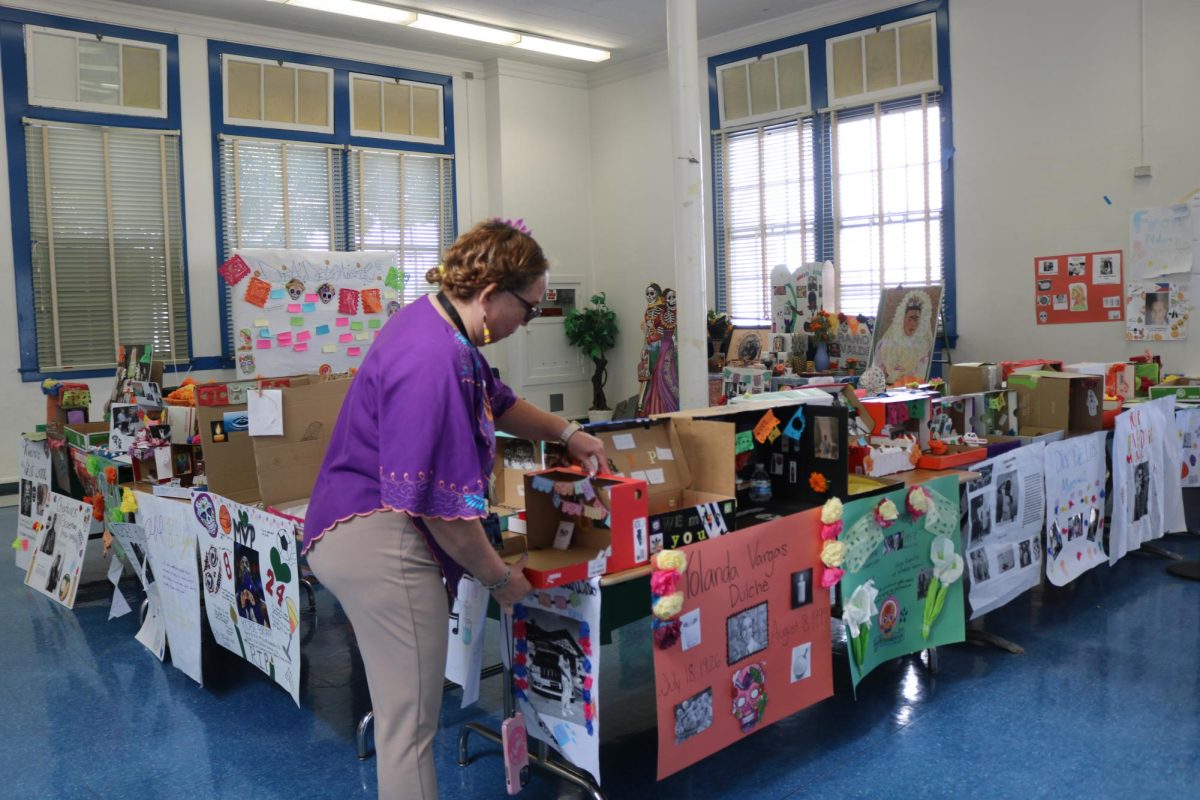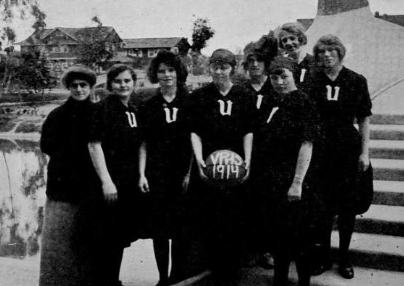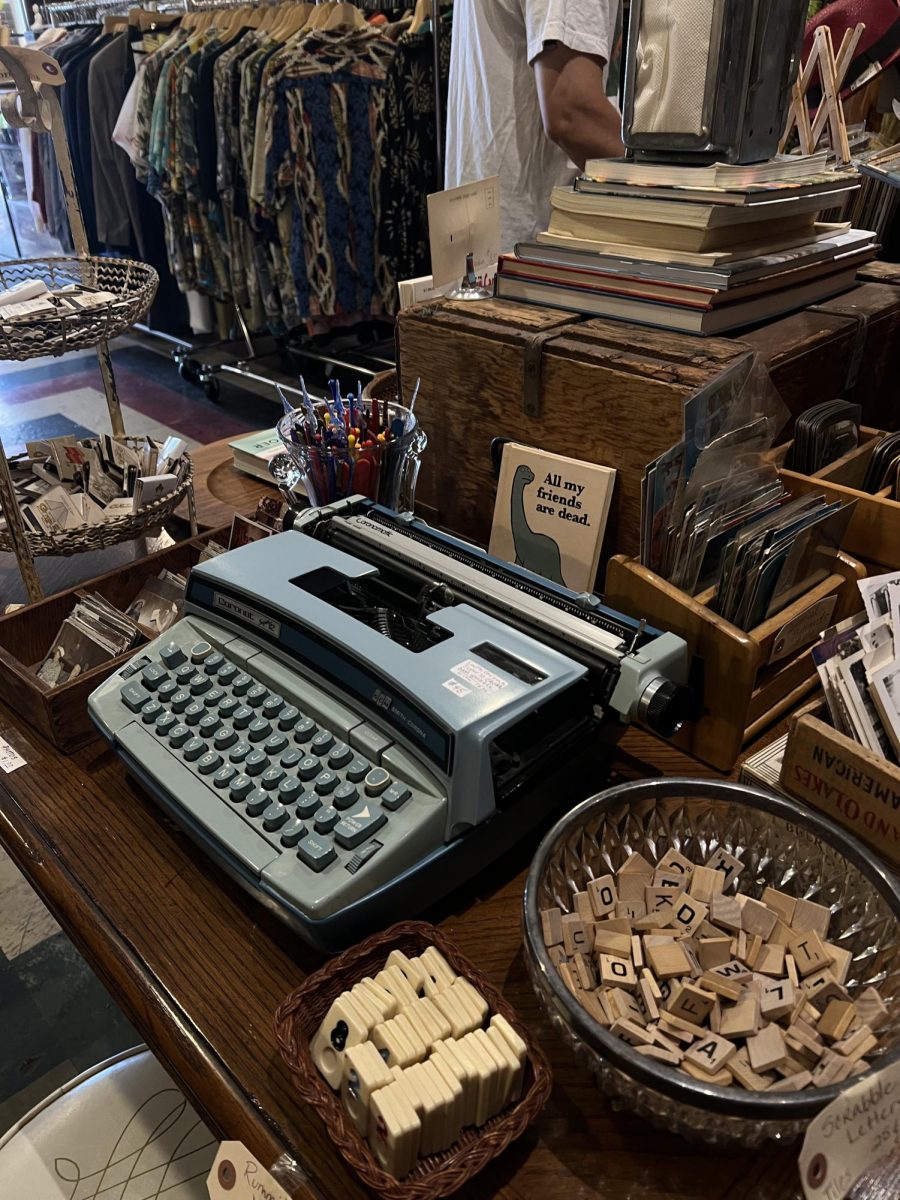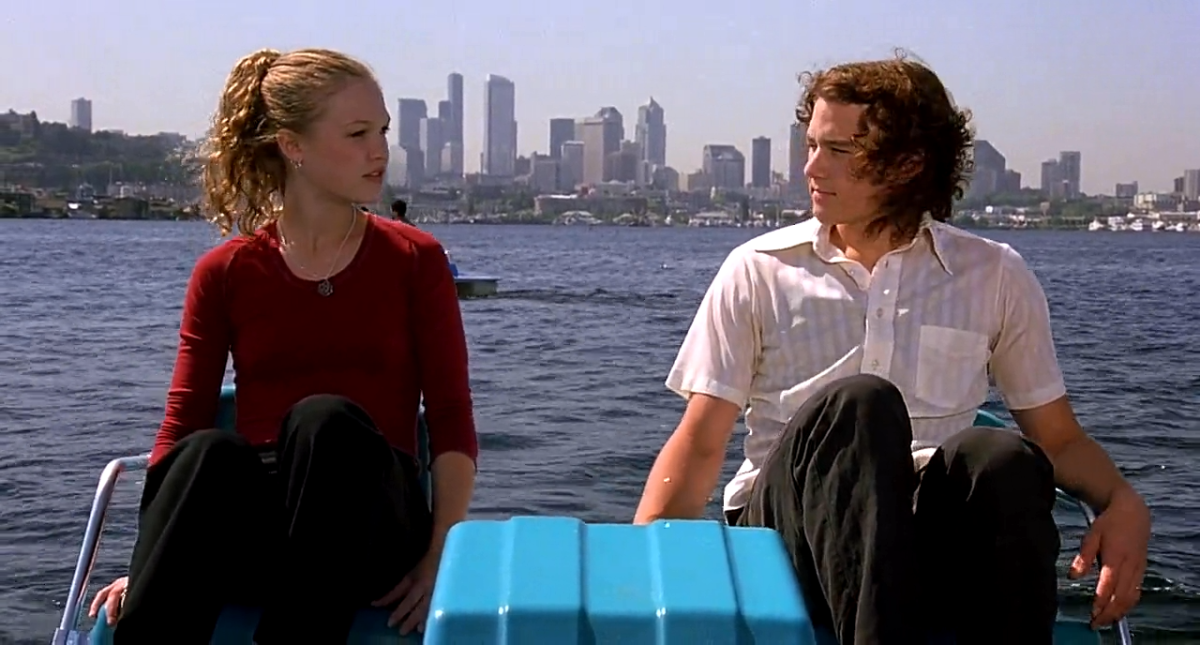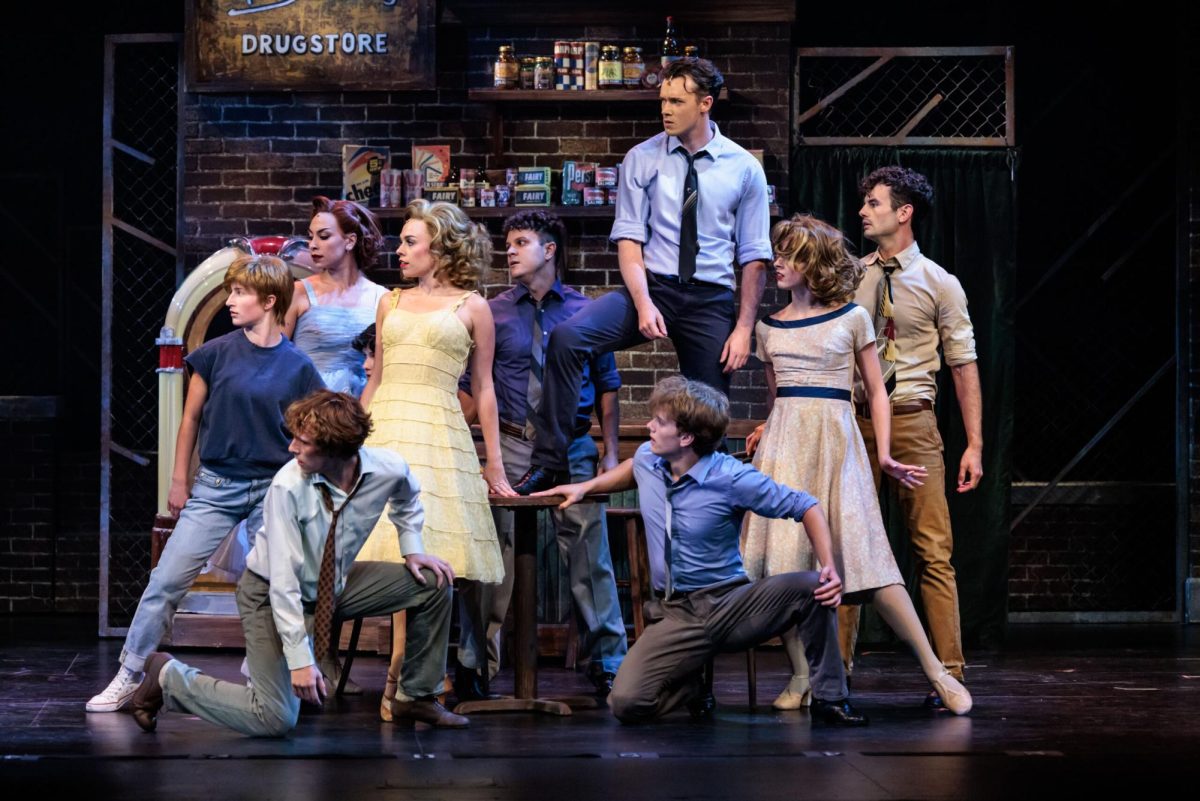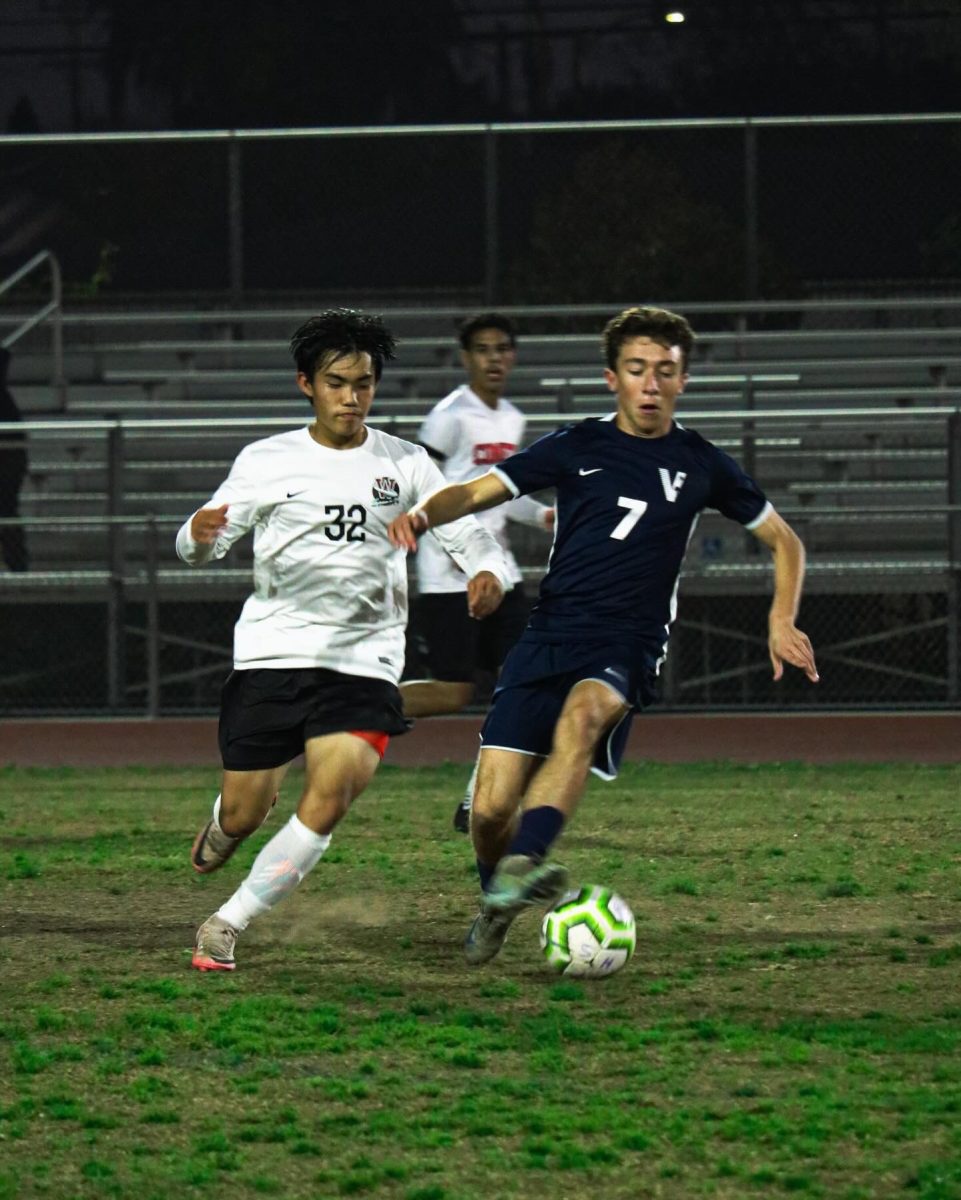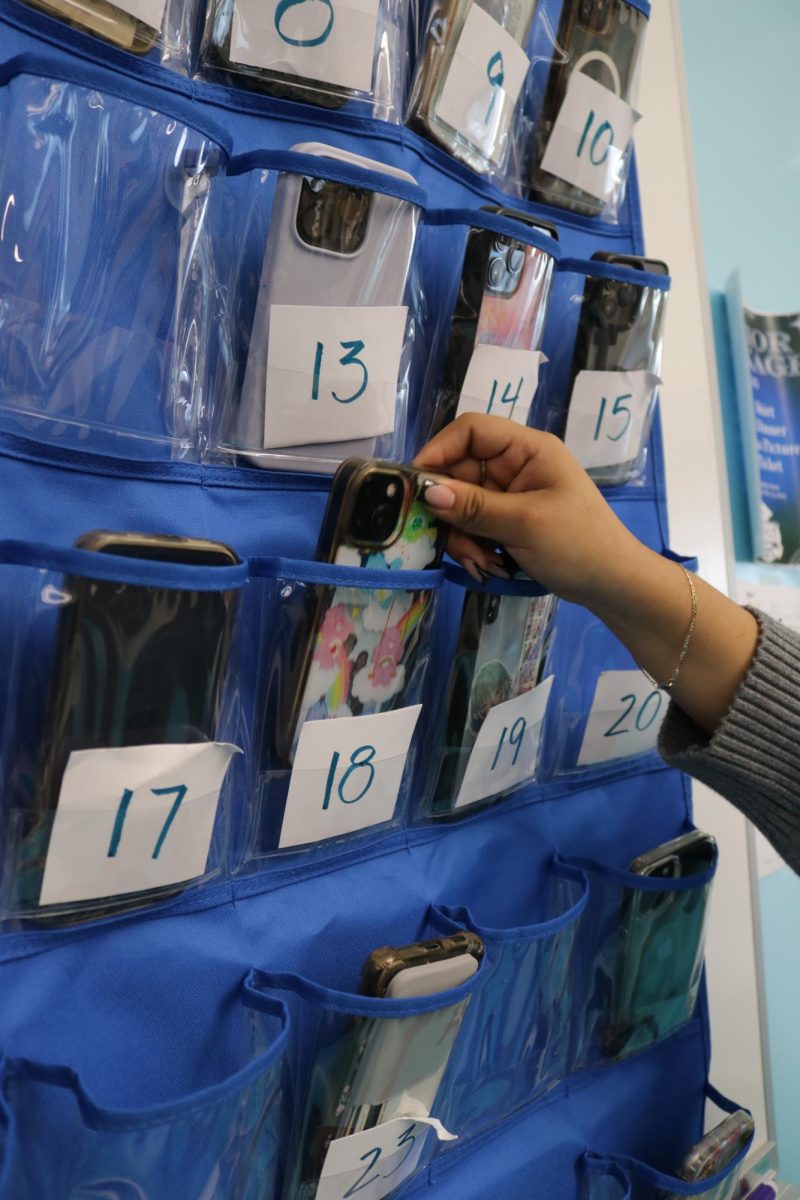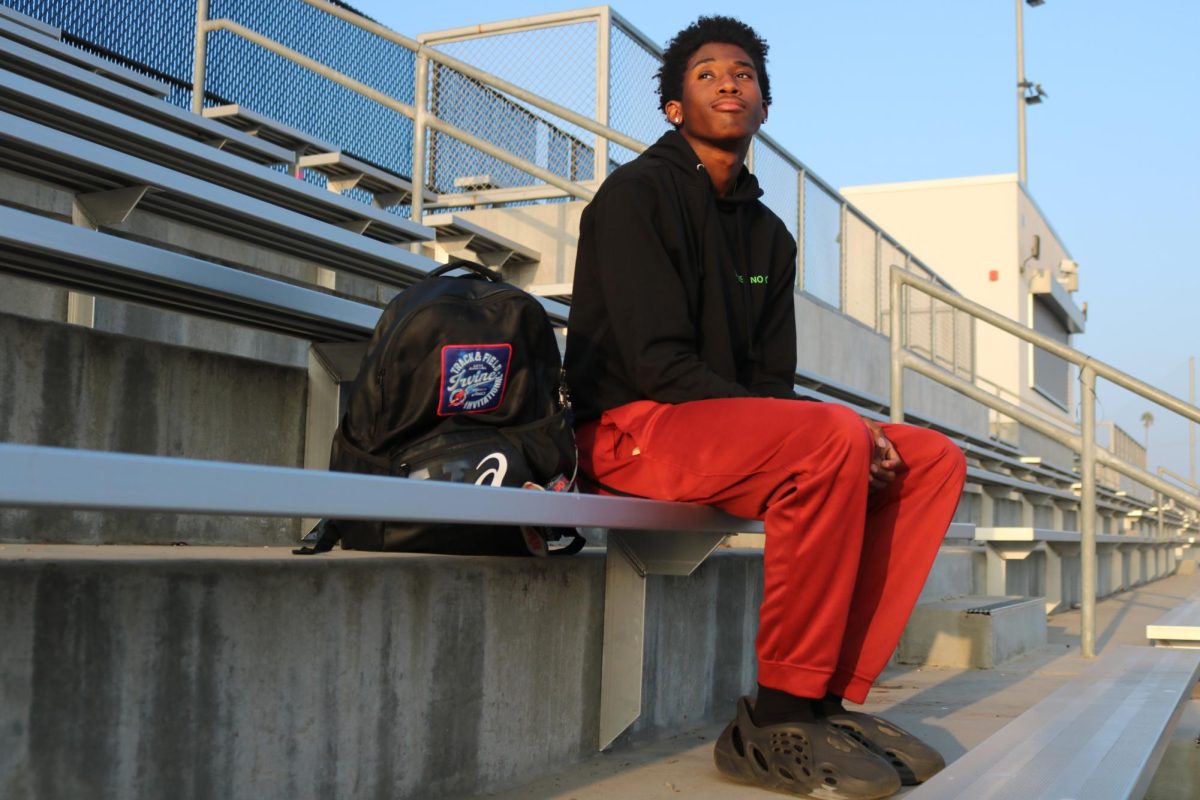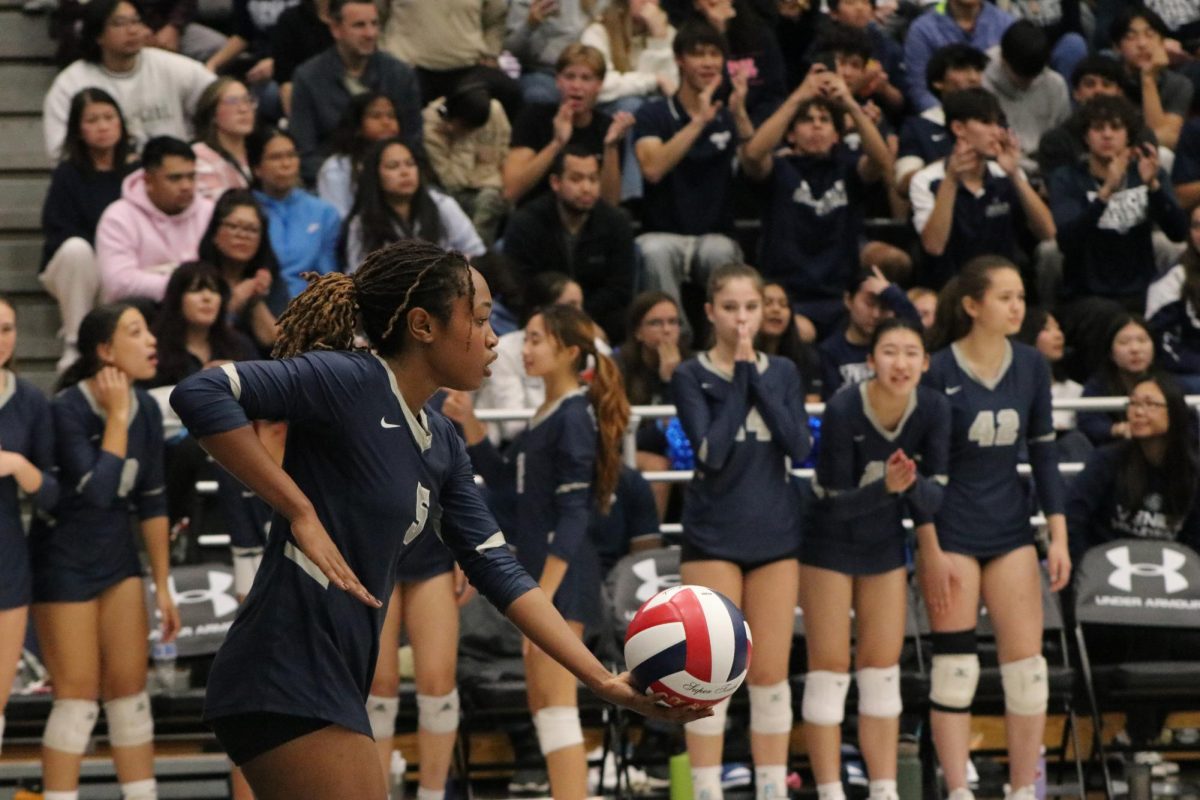Dia de los Muertos, known as The Day of the Dead, is a day we welcome our loved ones back home. This tradition has been carried on from generation to generation and continues to be celebrated.
Although the Day of the Dead is predominantly associated with Mexico, each state in Mexico celebrates it differently.
My family is from a small pueblo named San Lucas Quiavini in Oaxaca. In my pueblo, we take the Day of the Dead very seriously, and for those who lost their loved ones, it’s a day of closure.
We celebrate it for two full days. We welcome those who pass on November 1 and on November 2 we visit their resting place.
On October 31, we decorate our altar with a traditional flower called cempasúchil, fruit, cacahuates, pan de muerto, jicama, chocolate atole, and basically anything our loved ones liked to eat and drink.
In the past when I was in my pueblo during the week of Dia de los Muertos, we dropped off chocolate y pan de muerto (the Day of the Dead bread) on the first day to where our loved ones were living.
Pan de muerto is the only type of bread we can put on our altar, because we believe that’s the only pan they can eat when they come to visit.
Then, later in the afternoon, we dropped off tortillas and barbacoa at homes we’ve gone to earlier in the morning.
Throughout el pueblo we see smiles because everyone is out of their homes walking from house to house. They catch up with their neighbors, friends and family.
The food left at the altar can only be eaten after November 2. We believe our loved ones come and enjoy the food.
On November 2, we also drank chocolate atole with our family and rest for a little bit until it’s time to walk towards el pantheon. We clean the grave, we place fruit, pan and mezcal.
We stay at the cemetery for three to four hours—we go to every loved one’s grave which is why it takes a few hours.
I remember visiting my family members who have passed, and feeling peace. I felt peace because I knew I wasn’t alone. I had family there who also felt what I was feeling. I specifically remember visiting my great grandfather’s grave, there were so many flowers surrounding his grave, fruit, alcohol, and candles. Banda is playing at the cemetery all day.
One specific song I won’t ever forget because it means so much to me is Cruz De Madera, a song that is played when there is a difunto. Once that song comes up it takes everyone back to the day their loved ones passed away because it’s a song that is forever marked in your heart.
I remember my grandma crying, and it was like I was taken back to the day my great grandfather passed away. I immediately started to cry because grief doesn’t get easier as many say it does. Instead you learn to live with grief.
We surround each grave with candles and flowers. We take fruit to cut and eat while we’re there. We cry, smile and laugh, remembering the fun times we had with our loved ones.
Oaxaca is a beautiful place to visit and I’m grateful to be from there. Thankfully our traditions haven’t been forgotten nor have they changed.
Venice, being one of the few high schools that celebrates this day, continues to thrive in making sure our traditions are represented.
Dr. Angela Fajardo is the World Language Magnet Department Chair and teaches Spanish 1, 2, 3 and 4. Dr. Fajardo is the organizer for the exhibit, but many other classes/clubs contribute too. For example M.E.C.h.A, a club here in Venice built around the Latinx culture, participates in the Dia de los Muertos exhibit event.
In the World Language standard, it is required to teach students culture practices. Dr Angela Fajardo said, “this is one culture practice that is very rich and teaches students content, colors, texture, theme of life and death.”
Not only do students at Venice appreciate the fact that their culture is being celebrated but are able to learn and explore.
It shows the community that has been built here at Venice and the amount they care about their students’ feelings. But how did it start here at Venice?
Dr. Angela Fajardo recalls when she first got here in Venice in 2017. Mr. Nunez was the administrator, and facilitator.
She asked if she could do an altar in front of Cunningham and he gave her permission as long as they pack it up the same day and no burning candles. Though Dr. Fajardo said “in other World Language classes they would do them smaller but weren’t as big as the exhibit today.”
Which was located in the cafeteria, where students were able to contribute by making altars of their loved one’s or in higher level Spanish classes, they assign students famous writers.


